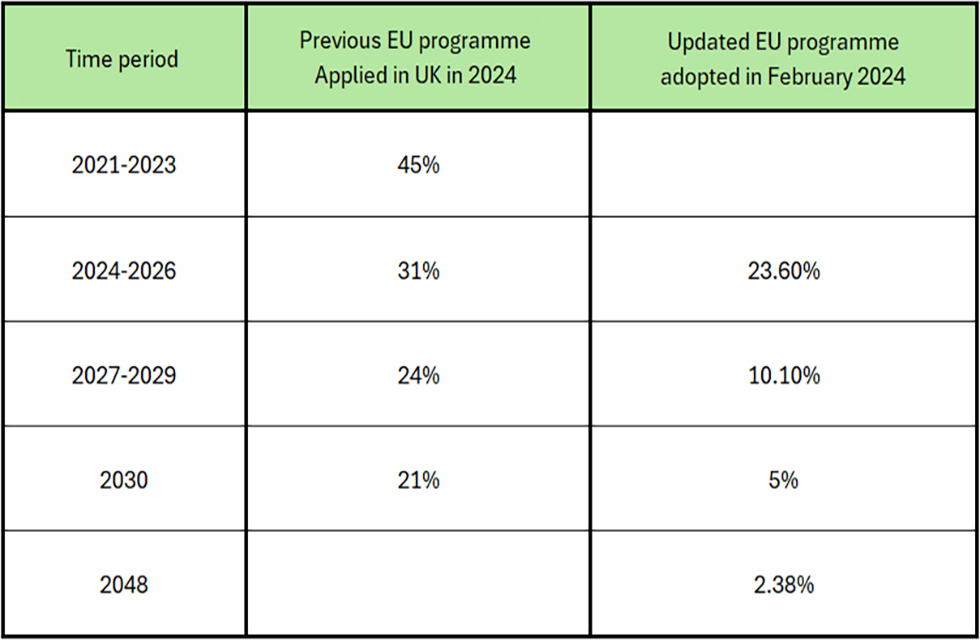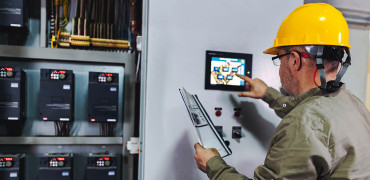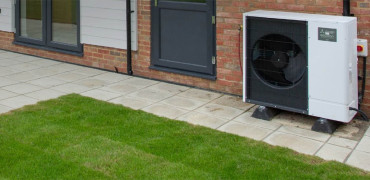James McKoen highlights the growth of lower GWP refrigerant systems and why the UK’s slower path to phase down is not putting the brakes on their adoption.
There isn’t much that has caused more confusion for the HVAC sector than the F Gas Regulations. Since the UK exited the European Union, our route to ‘phase down’ of high GWP refrigerants has left many scratching their heads.
In January 2024, Lord Benyon, Minister of State for DEFRA at the time, replied to a question on F Gas saying: “We are in the process of reviewing the GB F Gas Regulations and intend to consult on proposed changes in due course.”
The HVAC sector is moving forward with the use of lower GWPs, whatever the rate of change in legislation
Lack of certainty
However, in February 2024 the EU adopted a much steeper phase down of HFCs, which is shown in the table below. The new route will also see certain types and sizes of air conditioning equipment removed from the EU market altogether.
You can find the full details of the EU plan in our free CPD Guide to the Future of Air Conditioning.
Since then, the UK government has not clarified what it intends to do: Follow the pre-2024 EU plan; adopt the new, steeper phase down; or develop its own.
This has created confusion across markets where refrigerants are critical system components, including heating and cooling.

Urgent clarification needed
At this point, we are officially still on the ‘old’ phase down route. Industry bodies such as The F Gas Register are lobbying hard for clarification on these issues and highlighting the need for urgent action by DEFRA.
Another recent area of concern arose when the Intergovernmental Panel on Climate Change (IPCC) announced new Global Warming Potential Values for refrigerants based on in its 6th Assessment Report, published August 2024.
The figure which drew the eye of several air conditioning professionals was for R32.
The 4th AR (2004) set this as 675, which is the figure we’re all familiar with. The 5th Report (2014) increased it slightly to 677. However, the most recent 6th AR increases this significantly to 771.
Some end users who are aware of this change have been understandably worried about the impact rising GWP factors could have on their refrigerant and system choices. However, it is important to note that the EU F Gas Regulations (those in force in the UK and in the updated EU approach) state that the GWP figures it relies on are in the 4th Assessment Report, and these will continue to be its source of data.
This was a choice by the EU when the F Gas Regulation was first introduced in 2006. Its authors were aware that the HVACR sector must have long-term certainty to develop products for the market. So, while those updated IPCC numbers seem intimidating, they are not yet relevant to the F Gas rules.
Another important point is that the IPCC looks a long way into the future when setting out GWP factors – up to 100 years. GWP figures will change, but it is some way in the future.
So what does this mean?
But what does all this mean for HVAC designers, installers and users in the UK?
We could say that it’s business as usual because nothing is changing in the Regulations or GWP values. However, that doesn’t reflect the reality of the market.
Demand for lower GWP refrigerant systems is not just driven by F Gas Regulations. Updated Building Regulations on energy use and carbon emissions mean that designers, installers and building operators are looking closely at HVAC system performance to reduce their carbon footprint.
In addition, many HVAC system end users are keen to adopt lower GWP technology to meet corporate targets on carbon reduction. Low GWP solutions help to reduce embodied carbon in buildings and their high energy efficiency helps to lower operational carbon.
Lower GWP systems are already here
As a result, manufacturers like Mitsubishi Electric are developing and launching lower GWP systems globally. For example, Mitsubishi Electric has introduced an extensive range of R32 products and also developed systems that use R290. We have also introduced several products using CO2 refrigerant such as the QAHV high temperature heat pump. In addition, we have a range of HFO chillers.
These products are already being installed and used in a range of buildings across the UK, so the HVAC sector is moving forward with the use of lower GWPs, whatever the rate of change in UK legislation. For designers and installers, the route is clear – lower GWP systems are here and they are the future for our sector.
Mitsubishi Electric is helping installers get to grips with the new technologies through our extensive training programmes, as well as providing information in our online CPD library. Our message to end users is always to work with reputable and qualified installers who understand the new refrigerants and who can ensure your system is optimized to make the most of their efficiencies.
The future of low-GWP refrigerants provides an opportunity to innovate in system design, moving our built environment much closer to the end-goal of lower emissions and higher energy efficiency.
James McKoen is Business Development Manager




